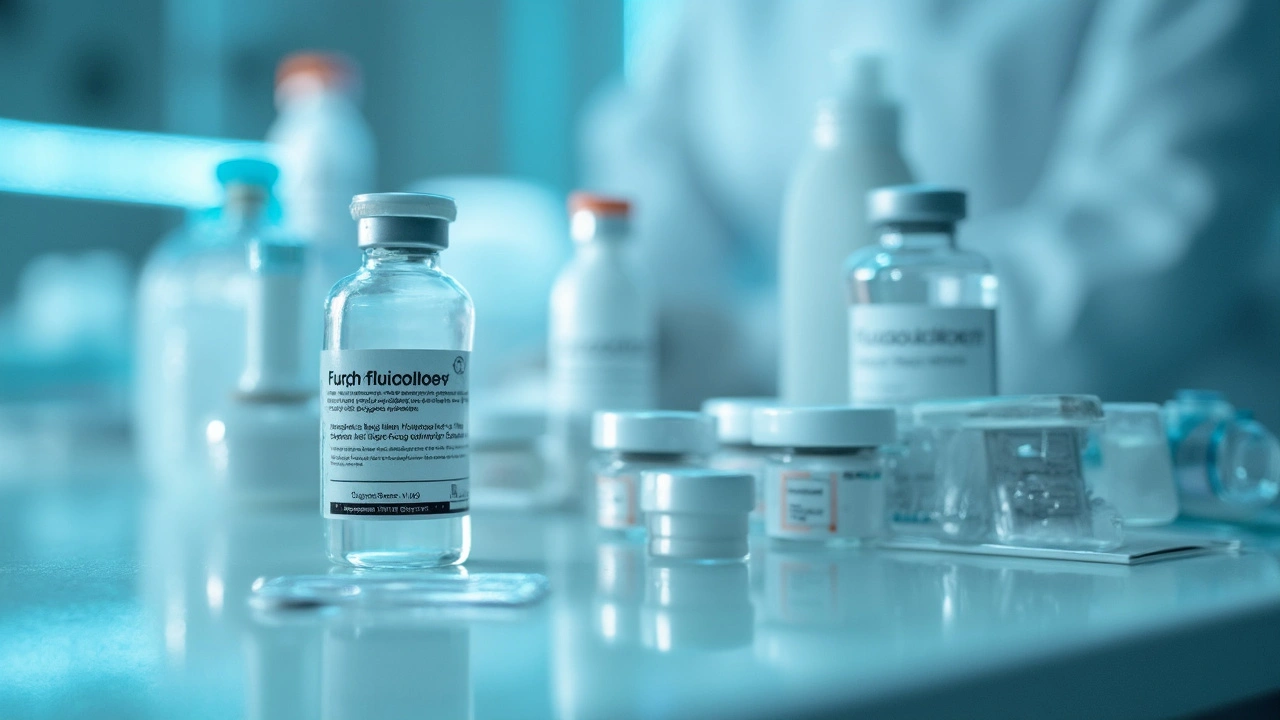Burns: Quick first aid, home care, and smart next steps
Got a burn? The first few minutes matter. How you act right away can cut pain, lower infection risk, and limit scarring. This guide gives clear, practical steps for common burns—from hot water and steam to sunburns, chemicals, and electricity—so you know what to do and when to call a doctor.
How to treat a burn right away
Use cool running water (not ice) for 10–20 minutes. That reduces heat in the skin and eases pain. While cooling, remove rings, watches, or tight clothes near the burn—swelling can happen fast.
After cooling:
- Gently pat dry with a clean cloth.
- Cover with a sterile, non-stick dressing or clean cloth. Avoid cotton that sheds.
- Don’t pop blisters. They protect the healing skin and lower infection risk.
- Avoid butter, toothpaste, oil, or egg whites—those trap heat and invite infection.
For mild pain, acetaminophen or ibuprofen usually helps. Keep drinking water—burns can dehydrate you.
Special situations and home care tips
Sunburn: Cool showers, aloe vera gel, and NSAIDs for pain. If blistering or fever appears, treat like a second-degree burn and consider medical care.
Chemical burns: Flush the area with lots of water for at least 20 minutes. Remove contaminated clothing. If the chemical is in the eye, rinse continuously and get emergency help.
Electrical burns: Even if the skin looks small, electricity can damage internal tissue and the heart. Go to the ER immediately.
Large or deep burns need urgent care. Keep the person warm, cover the burn, and call emergency services.
For minor burns you can care for at home: clean gently, apply a thin layer of a topical antibiotic or soothing gel like pure aloe, and re-dress daily. Watch for signs of infection—increasing redness, swelling, pus, rising pain, or fever—and see a doctor if they appear.
Scarring and longer-term care: Start sun protection once the skin heals. Silicone gel sheets or sheets recommended by a physician can reduce raised scars. Gentle massage with a fragrance-free lotion can help flexibility. For keloids or severe scarring, a dermatologist may suggest injections, laser, or other treatments.
When to get medical help right away: large burns (>3 inches), burns to the face, hands, feet, genitals, or over joints; third-degree burns (white, leathery, or numb areas); chemical or electrical burns; signs of infection; trouble breathing after a burn. If in doubt, get checked—better safe than sorry.
Need more guidance on burn creams, wound dressings, or when antibiotics are needed? DoctorAlexa Pharmaceuticals has reliable, plain answers to help you figure out the next step. If a burn seems serious, skip online searching and get medical care now.

Fluocinolone for Burns: Understanding Its Safety and Effectiveness
Fluocinolone, a potent corticosteroid, is sometimes considered for treating burn wounds due to its anti-inflammatory properties. This article delves into its safety and effectiveness, exploring benefits and potential risks associated with its use. Readers will gain practical insights on whether fluocinolone is a viable option for burn care. Uncover essential facts and tips to make informed health decisions.
More Detail